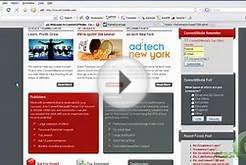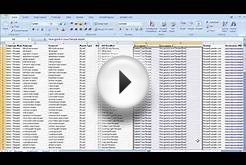 Bing just announced native ads as a new beta offering in its Bing Ads platform. This brings native ads to the mainstream pay-per-click advertiser. In this post, I’ll address native ads, how they compare to traditional ads, and how you can benefit from this new format.
Bing just announced native ads as a new beta offering in its Bing Ads platform. This brings native ads to the mainstream pay-per-click advertiser. In this post, I’ll address native ads, how they compare to traditional ads, and how you can benefit from this new format.
What Are Native Ads?
Native ads look like articles. The concept is not new. Newspapers and printed magazines have long published “advertorials, ” whereby an advertiser pays for an article that promotes its product or service.
BuzzFeed largely pioneered the publishing of advertorials on a website to resemble the native articles. Now many publishers sell “native ads, ” which are typically tagged with the terms “Sponsored” or just “Ad” so as not to confuse readers and to comply with U.S. Federal Trade Commission rules.
Now many publishers sell “native ads, ” which are typically tagged with the terms “Sponsored” or just “Ad” so as not to confuse readers and to comply with U.S. Federal Trade Commission rules.
Which brings me to the second point: How do native ads compare to traditional PPC formats?
How Native Ads Compare
To be clear, Bing’s native ads do not appear on search result pages. Native ads appear on websites, similar to traditional display advertising.
Traditional display ads appear on websites as you read a blog post or news article. It could be a 728×90 banner along the top or a 300×250 rectangle in the sidebar.
Publishers can sell display ads directly or obtain them from an ad network, such as Google AdWords. Native advertising looks like articles; it blends in with the content of the site. For example, here is a native ad on the Yahoo home page.












